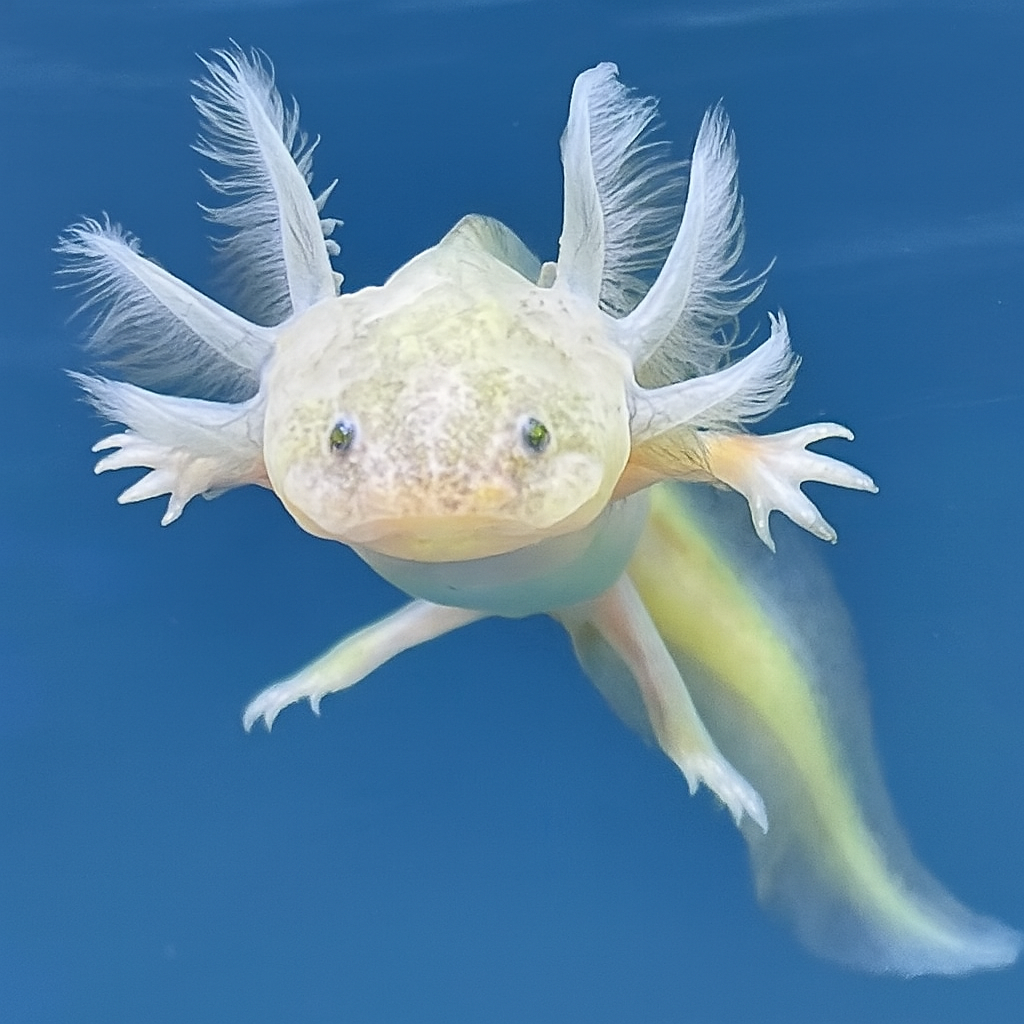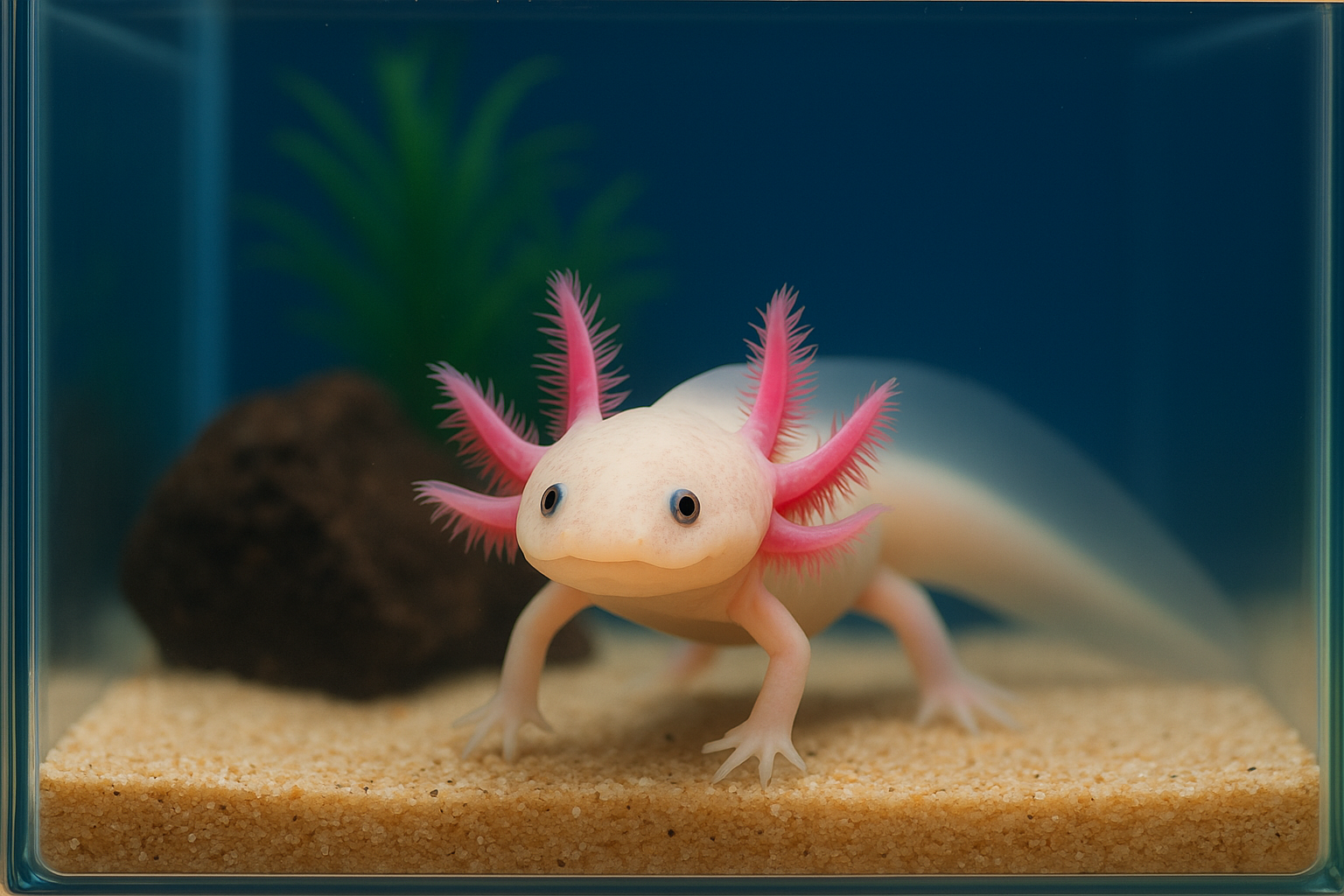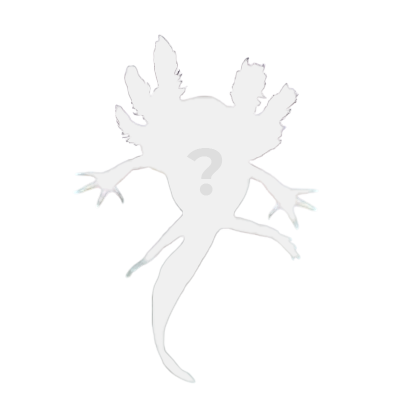Why Are My Axolotl’s Gills Turning White? Here's What You Need to Know
If you've noticed that your axolotl’s once-bright, fluffy gills are fading to a pale or even white color, you're not alone. This is one of the most common concerns we hear from axolotl owners—and thankfully, there’s a clear reason and a reliable path to recovery.
In this post, we’ll break down:
-
Why axolotl gill stalks can lose color
-
How nitrates play a major role
-
The water change protocol that helps
-
The importance of tank cycling
-
What to watch for after feeding
-
And which axolotl morphs are most affected
Let’s dive in.
What Does It Mean When an Axolotl’s Gills Are White?
Axolotl gills are usually a vibrant pink or red, depending on pigmentation and blood flow. When they start to turn white or pale, especially the stalks, it's often a sign that something is off in the tank environment, particularly with water quality.
While temporary gill fading can occur just after a meal due to redistribution of blood flow, consistently pale or white gill stalks are usually linked to elevated nitrate levels or poor water conditions.
👉 Note: This symptom is most noticeable in leucistic, albino, or other light-colored morphs. These axolotls already have less visible pigmentation, so any blood flow reduction or discoloration in the gill stalks becomes far more obvious. In darker morphs like wild type or melanoid, the same issue may be happening but is less visible to the naked eye.
High Nitrates = Pale Gills
Nitrate buildup is the most common culprit behind this discoloration. While axolotls can tolerate some nitrates, levels above 20ppm can stress your axolotl and impact circulation to the gills, leading to that pale look.
Over time, elevated nitrates can:
-
Cause oxygen deprivation in tissues
-
Impact appetite and activity levels
-
Lead to long-term health issues if untreated
How to Fix It: Lower Nitrates, Restore Color
Here’s a simple action plan:
-
Test your water using a reliable freshwater test kit (like the API Master Test Kit).
-
If nitrates are above 20ppm, immediately perform a 50% water change with dechlorinated water.
-
Check your tank size, filtration, and maintenance schedule. Axolotls produce a lot of waste, and small or poorly maintained tanks can’t keep up.
Need supplies?
👉 Shop high-quality axolotl care products and essentials here
The Role of a Properly Cycled Tank
One of the biggest factors behind nitrate buildup is an uncycled or improperly cycled tank. If you're not familiar with the nitrogen cycle, it's the foundation of a healthy aquatic environment.
A properly cycled tank:
-
Converts toxic ammonia → nitrite → nitrate
-
Keeps nitrate levels manageable
-
Supports beneficial bacteria that keep your axolotl safe
If you're unsure whether your tank is fully cycled, read our in-depth guide here:
👉 How to Cycle Your Axolotl Tank (and Why It’s Crucial)
After Feeding: Temporary Color Changes
It’s worth noting that you may notice temporary gill fading after feeding. This happens because blood flow temporarily shifts toward the digestive system. If the color returns shortly after, there's no need to worry.
But if your axolotl’s gills stay white or continue to fade over time, it’s a strong sign your tank needs attention—fast.
Final Thoughts
Healthy gills are one of the most beautiful and important parts of an axolotl. If you notice them turning white:
-
Test your nitrates
-
Do a 50% water change
-
Keep nitrate levels under 20ppm
-
Ensure your tank is properly cycled
-
Pay close attention to pale-colored morphs like leucistic or albino axolotls
With the right care, your axolotl’s gill color can bounce back quickly.
Have questions or need product recommendations?
👉 Visit our shop now to get everything your axolotl needs.
Stay curious, and keep those tanks clean!





Leave a comment
This site is protected by hCaptcha and the hCaptcha Privacy Policy and Terms of Service apply.